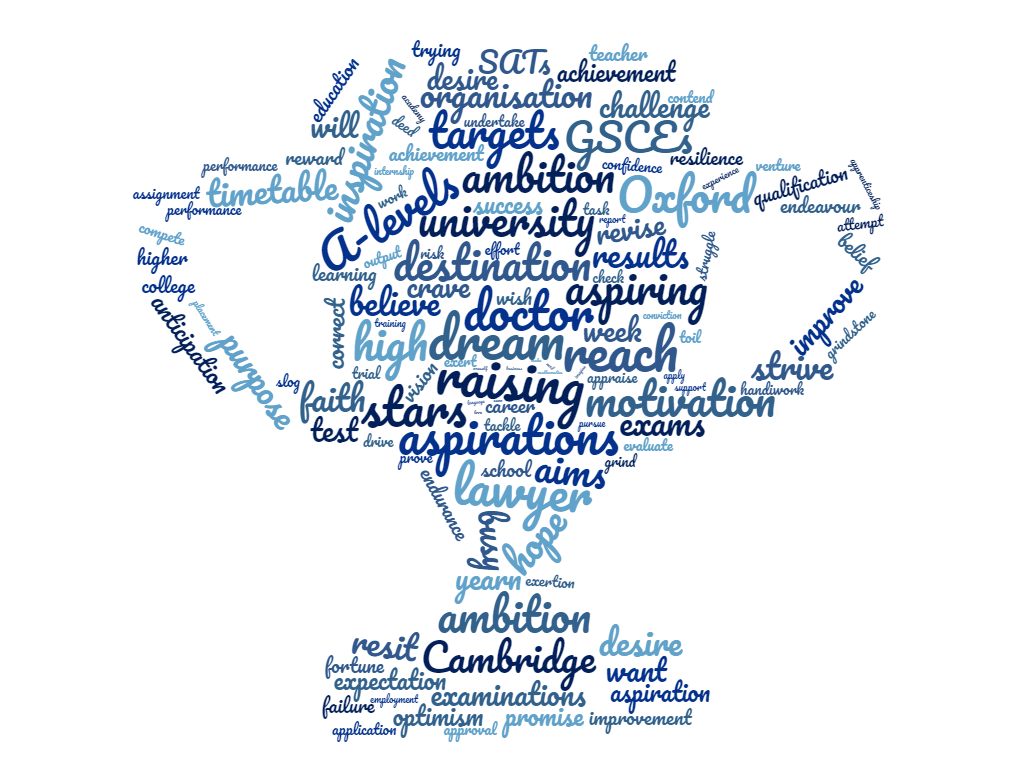It is a motto that creates a warm feeling and a good impression. We raise aspirations. It can be found all over vision documents in education. Our students aim high. In practice, too: schools hold assemblies, run form time lessons and design off-timetable days to raise aspirations. Dream big. But behind the good intent and the seemingly positive focus, we’ve got diversity and inclusivity all wrong. It’s not about dreaming big at all.

The raising-aspirations mindset is intended to address the class gap in performance between children from more and less affluent homes. It’s based on the logic that children from middle-class homes are more likely to aspire to becoming doctors, lawyers, research scientists and the like, that high aspirations are the first step in achieving goals of this kind, and that we should therefore create similar aspirations in working-class children to help them get started along the same career paths.
The very first problem with this raising-aspirations logic is that it assumes young people don’t have aspirations to begin with, or have the wrong ones. Research suggests this is not the case, especially for children in primary schools. Young people of all backgrounds have lots of wonderful ideas about what they would like to be when they grow up (at least, they do until our education system sucks their dreams from out of them). Children are certainly not short of aspiration, although they just might be short of what other people think are the right aspirations.
We can’t apply the logic of raising aspirations without judging some aspirations to be better than others and attempting to change what young people wish for. If a child wants to work on his parents’ farm, or become an electrician, or a hairdresser, are these aspirations high enough for us to allow? Should the middle-classes assert their values on us all? On average, hairdressing doesn’t pay as much as many other occupations do. But don’t knock it. A hairdresser can open a business and employ others, travel the world with the rich and famous, help a person with self-esteem difficulties on their way to recovery, bring happiness to the sick, make a bride feel beautiful, give company to the lonely…
There is, of course, an issue that children from less affluent backgrounds on average earn less in their lifetimes than those from homes with more financial and cultural capital. We do need to open up opportunities for all young people to make informed decisions about how they want to live their lives. But it would be wrong to think that the problem stems from how youngsters dream and what they aim for. We don’t need to override what young people think, but give them experiences to open up their worldviews and support their exploration of different prospects. This works both ways: the children of academics need doors opened too.
The discourse around raising aspirations is patronising. It too often means judging others and prescribing our own vision of a good life upon them. A headteacher who tells the packed school hall that, “Everyone sitting here will go to university”, isn’t working towards a society that respects and celebrates all walks of life. Inclusivity isn’t about making others more like us. Instead of raising aspirations, what we should be doing is listening to and cultivating a child’s own aspirations. We can show them more of the world, but children don’t need help to dream, they need help getting there.
